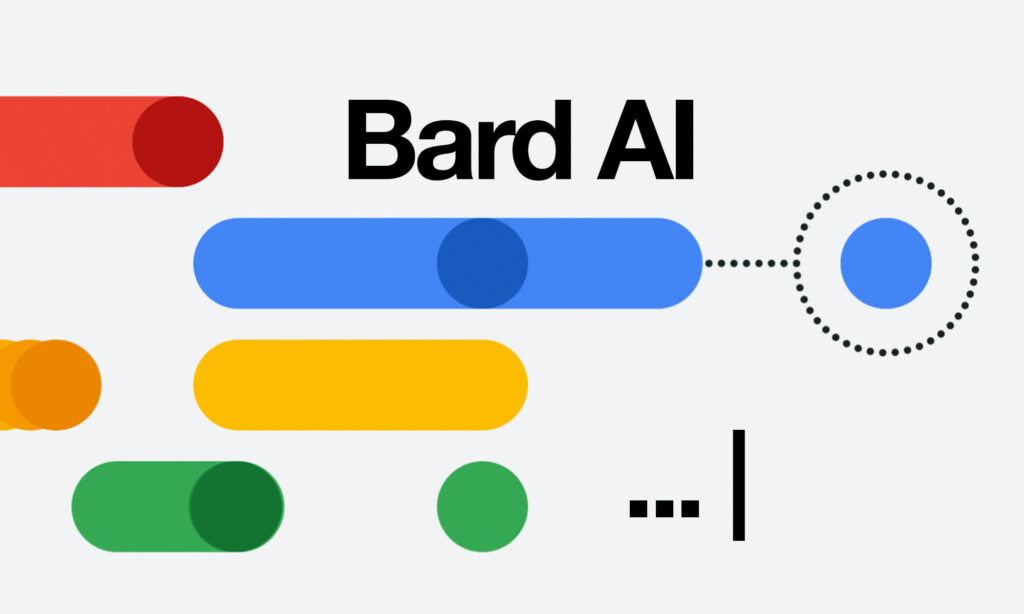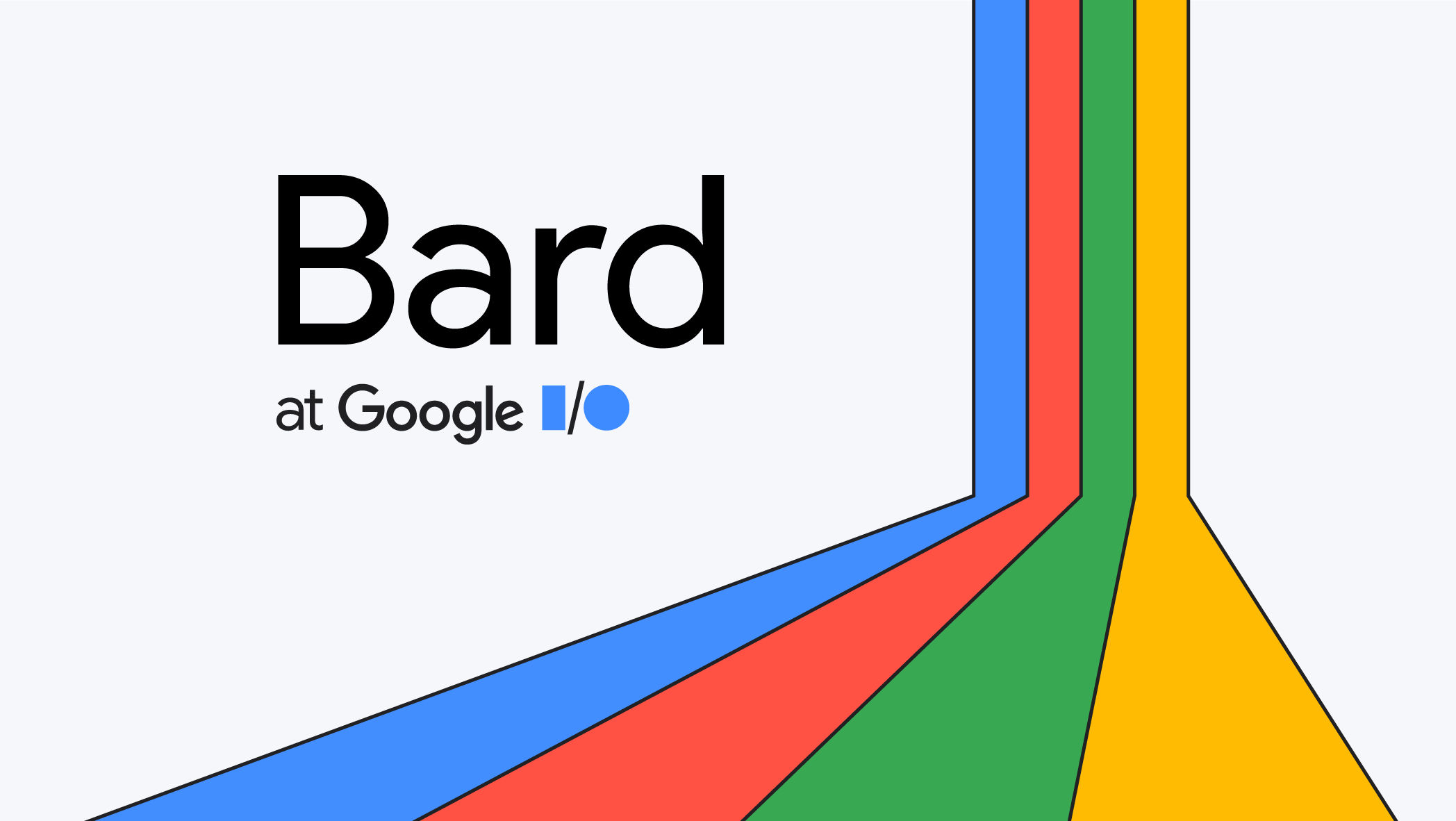In today’s digital landscape, search engines play a crucial role in helping users find the information they need. Google Bard, the latest advancement in search technology, has ushered in a new era of AI-powered search. This blog post explores the features and implications of Google Bard, providing valuable insights for businesses and marketers aiming to leverage this cutting-edge technology.
Understanding Google Bard
Google Bard is an AI-powered search technology developed by Google that aims to enhance the search experience by utilizing natural language processing and machine learning algorithms. It understands complex queries, context, and user intent to provide more accurate and relevant search results.
How Google Bard Works
Google Bard leverages a vast amount of data and sophisticated algorithms to process and understand search queries. It analyzes the context, user behavior, and historical data to deliver personalized and contextually relevant search results.
How to use Google Bard
- Visit the Google Bard website or access it through the Google search engine.
- Familiarize yourself with the features and capabilities of Google Bard.
- Ensure you have a compatible device and a stable internet connection.
- Begin by entering your search query in the search bar using natural language.
- Google Bard will analyze your query and provide you with relevant search results.
- Explore the search results and click on the links that best match your needs.
- Refine your search query if needed by adding more context or using specific keywords.
- Take advantage of Google Bard’s advanced search filters and options to narrow down your results.
- As you interact with Google Bard, it will learn and adapt to your search preferences over time, providing even more tailored results.
- Keep up with any updates or enhancements to Google Bard to make the most of its features.
Benefits of Google Bard
Enhanced User Experience
Google Bard aims to provide a more intuitive and user-friendly search experience. By understanding the intent behind the search queries, it offers more precise results, saving users time and effort.
More Relevant Search Results
With its advanced AI capabilities, Google Bard can understand the context of the search query and provide more relevant and accurate search results. It takes into account factors such as location, user preferences, and previous search history.
Natural Language Processing
Google Bard excels at understanding natural language queries, allowing users to ask questions in a conversational manner. It can interpret the meaning behind the words and provide helpful responses.
Voice-Activated Search
As voice search continues to gain popularity, Google Bard is designed to understand and respond to voice commands effectively. It enables users to perform hands-free searches and get instant results using voice-enabled devices.
Implications for SEO
Semantic Search and Keyword Optimization
With Google Bard’s ability to understand the context and intent of search queries, the focus shifts from keyword stuffing to semantic search and providing high-quality, relevant content. Websites need to optimize their content to match user intent and use natural language in their keywords and content.
Structured Data and Schema Markup
Utilizing structured data and schema markup becomes increasingly important with Google Bard. By providing structured information about your content, you enable the search engine to understand and present your content more accurately.
Voice Search Optimization
As voice-activated searches become more prevalent, optimizing for voice search becomes crucial. Websites should adapt their content to answer common voice-based questions and consider the natural language used in voice queries.
Tips for Optimizing Your Website for Google Bard

Create High-Quality, Relevant Content
Focus on creating content that satisfies user intent and provides value. Research keywords that align with your target audience’s search queries and incorporate them naturally into your content.
Improve Website Performance and Mobile Responsiveness
Optimize your website’s loading speed and ensure it is mobile-friendly. Google Bard prioritizes fast and mobile-responsive websites to provide a better user experience.
Focus on User Intent
Understand the underlying intent of your target audience’s search queries and tailor your content to address their specific needs. Provide informative and engaging content that aligns with user expectations.
Incorporate Voice Search Optimization Techniques
Optimize your content for voice search by considering the natural language used in voice queries. Use long-tail keywords and create FAQ sections that address common voice-based questions.
The Future of Search: AI and Beyond
Google Bard represents just the beginning of AI-powered search advancements. As technology continues to evolve, we can expect even more personalized and intelligent search experiences. Businesses and marketers should stay updated and adapt their strategies to align with these future developments.
Top 5 Ai Powered Tools
- IBM Watson – IBM Watson is a suite of enterprise-ready AI services, APIs, and tools that enable businesses to easily build and deploy AI-powered applications. It is designed to help businesses automate their operations, gain insights from data, and provide better customer experiences.
- Amazon SageMaker – Amazon SageMaker is a fully-managed service that provides developers and data scientists with the ability to build, train, and deploy machine learning models quickly. It is designed to be scalable, cost-effective, and easy to use, and it includes pre-built models, algorithms, and customizable notebooks.
- Adobe Firefly – Adobe Firefly is an AI-powered tool that helps designers and creatives automate their workflow. It uses machine learning to suggest color palettes, fonts, and other design elements, allowing users to quickly create and iterate on designs.
- Microsoft’s Bing Image Creator – Bing Image Creator is a free tool that uses AI to generate high-quality images from text. It allows users to describe the image they want to create, and the tool uses AI to generate an image that matches the description.
- Grammarly – Grammarly is an AI-powered writing assistant that helps users improve their writing. It uses machine learning to analyze text for grammar and spelling mistakes, and it provides suggestions for improving clarity and tone.
Conclusion
Google Bard is revolutionizing the way we search and interact with online information. By leveraging AI and natural language processing, it enhances the search experience, providing users with more relevant and accurate results. Businesses and marketers need to understand the implications of Google Bard and optimize their strategies to leverage this new era of AI-powered search.









